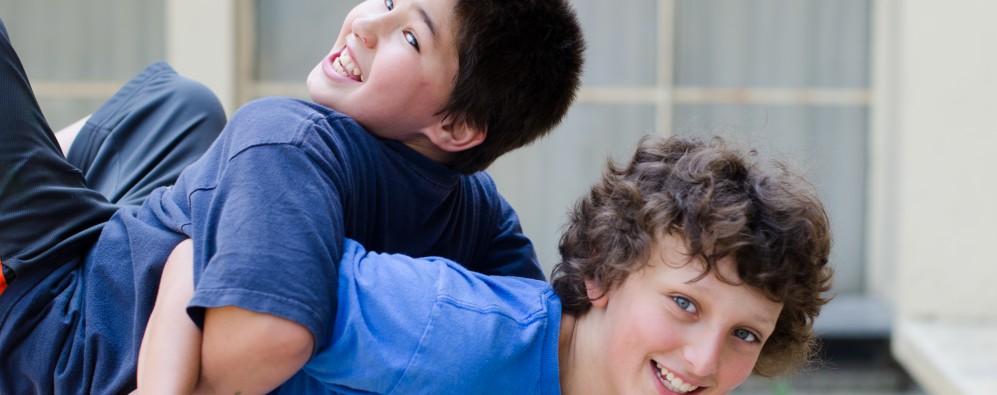Physical Learning


What do students learn from
physical learning?
Learning Story
As students engage in physical play-based learning, they demonstrate the principles of movement, using locomotion, manipulation and stability skills in combination and in sequence in physical activities and formal games.
Physical activity is related to good physical health and this has an effect on future quality of life. With physical activity, people generally feel better about themselves thereby affecting mental health. Often physical activity has a social element as students play games together such as catch and tag, which positively affects social relationships. Moreover, the feeling of belonging and community has a positive impact on self-esteem and well-being.
Following the rules, learning self-control, even learning how to get along with others are all learned through play. When we play games, we add pleasure to the task as we get to know our minds and bodies. Active physical engagement play gives children the chance to experience the joy and satisfaction of movement. It helps them develop physical skills, confidence and a positive body image. Being physically active and having a positive attitude toward physical activity adds to lifelong quality of life; it improves physical health, mental health and social relationships.
As a staff, we observed that the children were spending much of their recess time talking in groups which often led to name calling, some bullying and discussions or arguments that were brought back into the classroom. Moreover, the students did not generally expend much energy or reap the mental and physical benefits of physical play.
As we reflected on the problem, we realized that there was little in the schoolyard that facilitated play. This became our focus.
We developed the following plan:
- We conducted a class-by-class survey of all of the junior students. It was designed to assess what sports they would like to play at recess. Each class was responsible to produce a list of equipment they would use and changes that would need to be made to the playground — hopscotch frames, basketball nets, volleyball nets, etc.
- Each class would then discuss how to acquire the equipment needed for their class. Some of the items were brought from children’s homes and some were available from the gym supply cabinet.
- The Parent Council was informed of the initiative and decided to help the children acquire some of the equipment. They contributed some funds to purchase new items (jump ropes and badminton rackets) and also agreed to scour the broader community to find used equipment in friends’ basements, second-hand stores, garage sales, etc.
- The school would be responsible for making some of the physical changes necessary. A neglected baseball diamond was resurrected with obvious bases and lines demarcated. The hopscotch and four square markings were repainted and the basketball net was fixed.
- Each class now had a set of equipment that they could use during their breaks. They worked out an equitable way to share the equipment so all students had an opportunity to try the new activities.
- One of the more challenging groups was a large cohort of girls who did not want to engage in physical play. Upon questioning them further, they indicated it would be fun to be more involved in skipping. Two teachers decided to start a skipping club at lunch so that the students could develop their skills and build their confidence. They chose great music which increased student interest and participation even more and recess became a rehearsal time for the club. Another teacher ran Zumba classes in the gym three times a week and many students participated.
This project was hugely successful. Break times became very physically active and a time for students to relax and refresh. The number of schoolyard problems declined significantly and the incidents of social/emotional situations continuing into the classroom post-recess also decreased.
We held brief reflective discussions following the breaks to help facilitate social problem-solving, adjust the materials needed in our kits, update activities and ensure all students felt they had access to the materials they needed for play.



